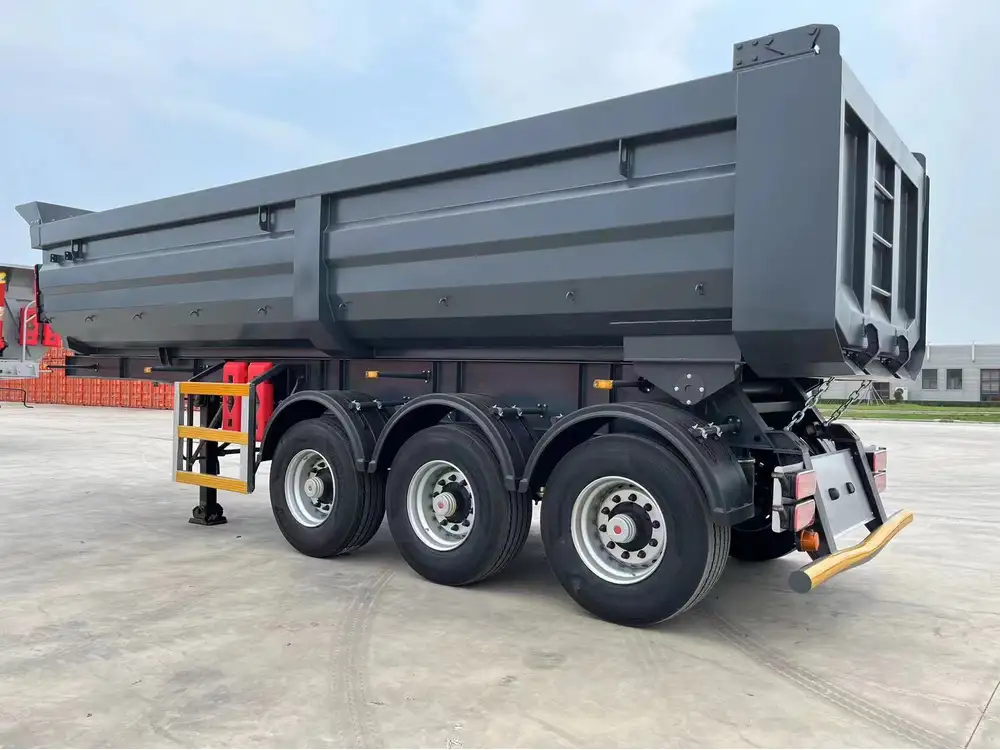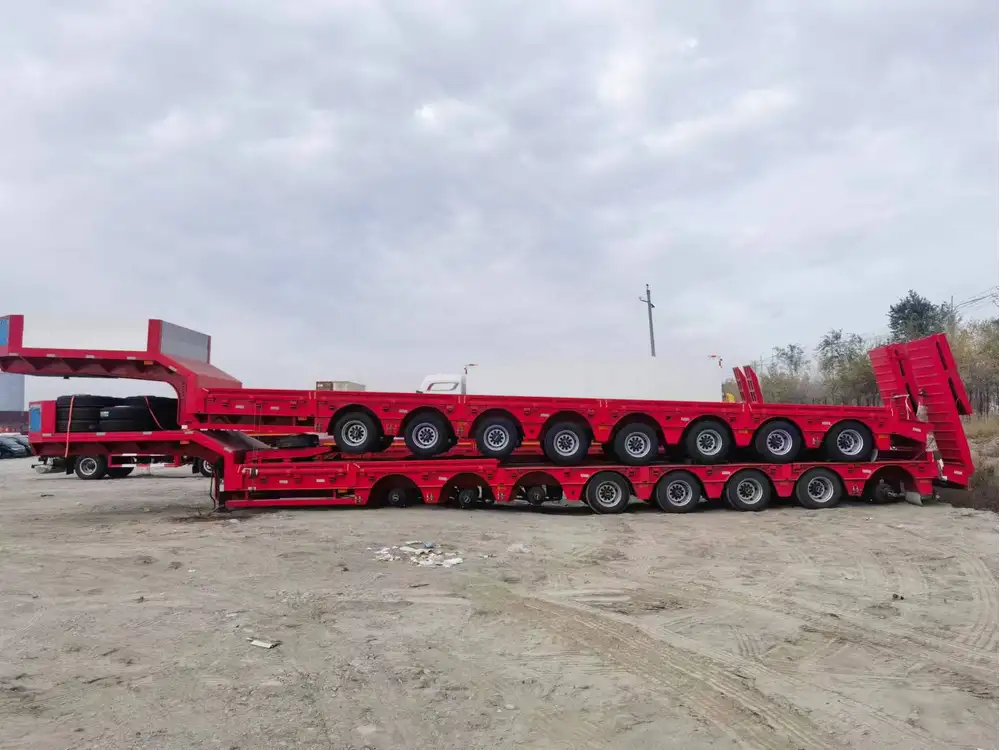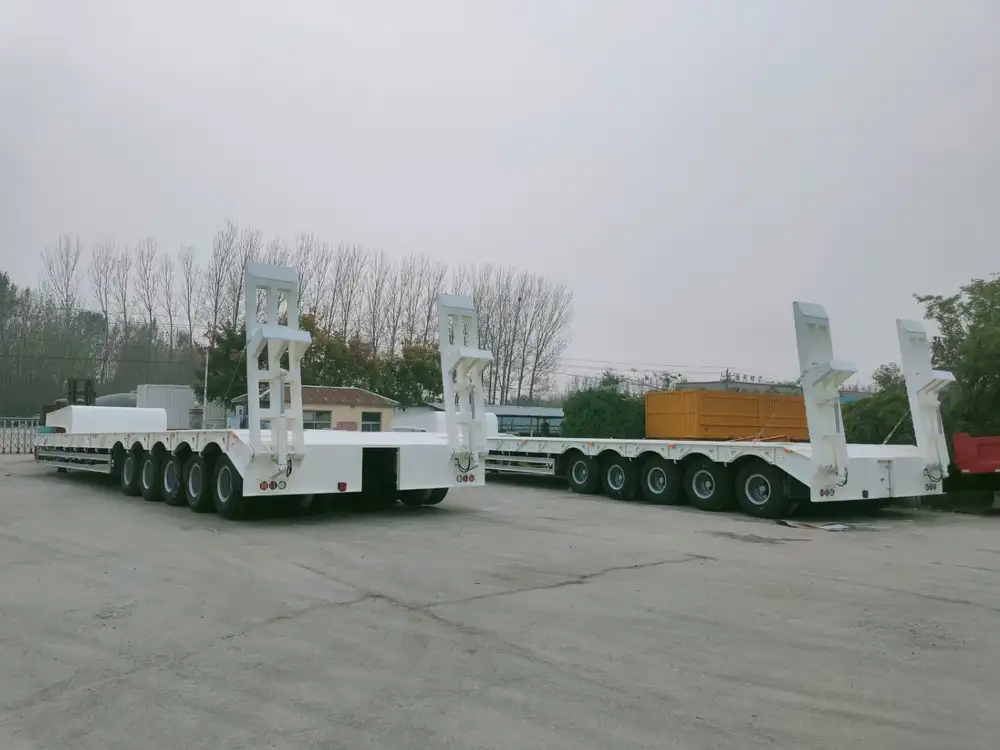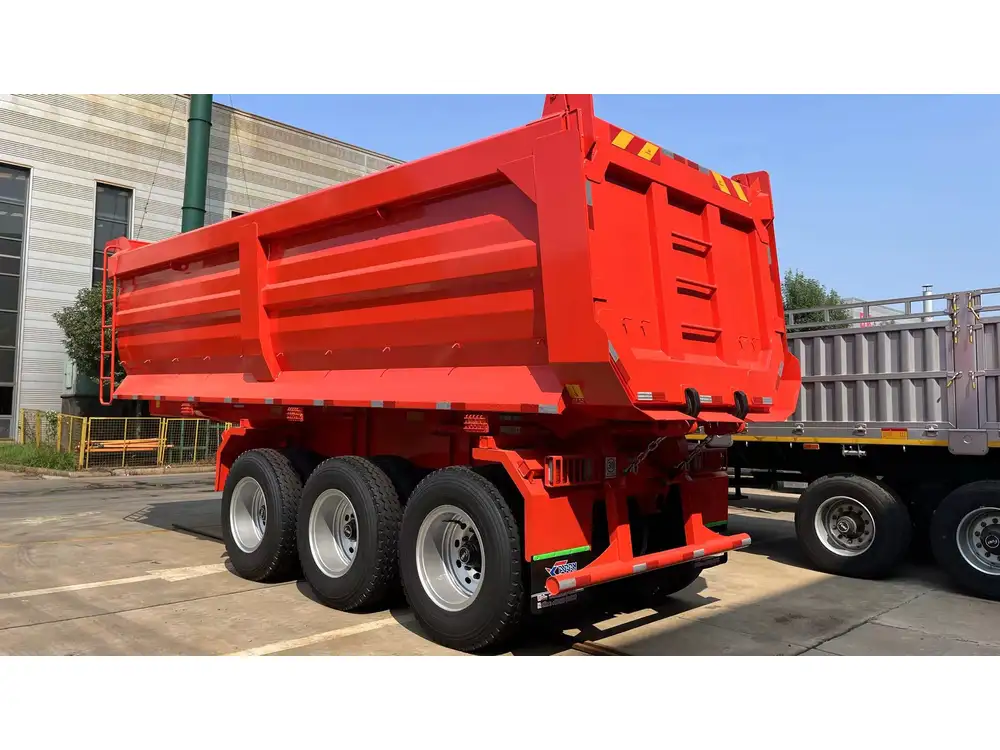When venturing into the realm of logistics and freight transportation, particularly concerning liquid cargo, one topic stands out with great importance: the capacity of semi-tanker trailers. Specifically, users often inquire, “How many gallons does a semi tanker trailer hold?” This question delves into an intricate web of specifications, regulations, and practical applications in the transportation industry. In this article, we intend to explore these aspects comprehensively, unraveling the complexities of semi-tanker trailers and their functionalities.
What is a Semi-Tanker Trailer?
A semi-tanker trailer, a vital cog in the machinery of logistics, is specifically designed for transporting liquids. These trailers are equipped with a tank that varies in size and shape, tailored to accommodate the nature of the liquid it carries—be it fuel, chemicals, water, or food-grade products. The design not only ensures safety during transportation but also optimizes the loading and unloading processes.
Standard Capacities of Semi-Tanker Trailers
To answer the primary question effectively, the capacity of a semi-tanker trailer typically ranges from 5,000 to 11,000 gallons, depending on various factors:

Common Types of Semi-Tanker Trailers and Their Capacities
| Trailer Type | Average Capacity (Gallons) | Common Uses |
|---|---|---|
| Fuel Tanker Trailers | 8,000 – 11,000 | Transporting diesel, gasoline, etc. |
| Food-Grade Tankers | 5,000 – 6,500 | Carrying edible liquids (milk, juice) |
| Chemical Tankers | 6,000 – 9,000 | Transporting industrial chemicals |
| Water Tankers | 5,000 – 10,000 | Supplying potable or non-potable water |
| Specialized Liquid Trailers | 6,000 – 11,000 | Customized for unique liquefied goods |
Variability in Capacity
The variability in capacity is significantly influenced by:
- Design: Different designs (e.g., insulated, baffle-tank, or single-compartment) affect overall capacity.
- Regulations: Legal restrictions concerning weight limits can impact the total volume transported at any given time.
- Material: The type of material the trailer is constructed from (stainless steel, aluminum, etc.) may also play a role in determining the maximum capacity.
Factors Affecting the Operational Capacity of Semi-Tanker Trailers
Understanding the operational capacity requires examining various factors that come into play during the transportation process:

1. Weight Regulations
One of the most significant constraints comes from legal weight regulations set forth by federal and state transportation departments. A fully loaded semi-trailer must not exceed a gross weight of 80,000 lbs on federal highways. Consequently, the higher the weight of liquid (e.g., gasoline vs. water), the lower the total volume one can transport within these limits.
2. Tank Design
The internal structure of the tank can drastically impact capacity:
- Baffling: To minimize sloshing and maintain stability, many tanks feature baffles, which can slightly reduce the usable capacity.
- Compartmentalization: Multi-compartment tanks allow the transportation of different products simultaneously, but each compartment’s individual capacity will be less than that of a single compartment trailer.
3. Loading Practices
Improper loading techniques can diminish capacity and affect the time it takes to load or unload a trailer. Adhering to recommended practices ensures a fluid and efficient process, thereby maximizing both volume and operational efficiency.

4. Environmental Regulations
Environmental considerations, such as vapour recovery and spill containment measures, can also influence the design and function of semi-tanker trailers. Such regulations aim to safeguard air and water quality and often require trailers to include specific safety features that optimize liquid containment.
The Importance of Knowing Capacity
Understanding the gallons a semi-tanker trailer can hold is critical for various stakeholders within the logistics sector, including:
Fleet Operators
Accurate knowledge of your trailer’s capacity ensures efficient route planning, optimal load management, and enhanced fuel efficiency. This, in turn, can lead to significant cost savings and better fulfillment of delivery schedules.

Logistics Managers
From a managerial perspective, knowing how much can be transported at any given time aids in supply chain planning, inventory management, and resource allocation. Thus, effective capacity oversight can streamline logistical operations.
Regulatory Compliance
Awareness of capacity helps in adhering to DOT regulations related to weight limits, safety specifications, and product segregation. Ensuring transportation complies with all regulations mitigates risks associated with fines or accidents.
Semi-Tanker Trailer Types: In-Depth Analysis
Each type of semi-tanker trailer serves distinct purposes and operates under specific architectural designs tailored to their intended use. Here, we dissect the most common types:

1. Fuel Tanker Trailers
- Description: These trailers are typically made with a rounded design for aerodynamic efficiency.
- Capacity: Generally, 8,000 to 11,000 gallons.
- Key Features: Often equipped with multiple compartments for subdividing fuel types and ensuring safer distribution.
2. Food-Grade Tankers
- Description: Constructed from stainless steel or food-grade materials, these tanks ensure sanitary transportation.
- Capacity: Ranges from 5,000 to 6,500 gallons.
- Key Features: Includes specialized linings and cleaning features to prevent contamination.
3. Chemical Tankers
- Description: Designed uniquely to transport hazardous and non-hazardous liquids, often equipped with tri-axle systems for stability.
- Capacity: Commonly from 6,000 to 9,000 gallons.
- Key Features: May include pressure relief valves, heating coils, or insulation based on the liquid’s chemical properties.

4. Water Tankers
- Description: Primarily used for both potable and non-potable water transport, these trailers feature large capacities.
- Capacity: Typically varies from 5,000 to 10,000 gallons.
- Key Features: Often equipped with pumps for easy loading and unloading.
5. Specialized Liquid Trailers
- Description: Tailored to meet unique demands of special liquefied goods, these might incorporate advanced technology.
- Capacity: Generally falls between 6,000 and 11,000 gallons.
- Key Features: Highly customizable, including temperature control for sensitive goods.
Conclusion: Navigating the World of Semi-Tanker Trailers
In conclusion, the inquiry “how many gallons does a semi tanker trailer hold” opens doors to a wide array of considerations within the transportation industry. From understanding the fundamental types and capacities, regulatory environments, and operational constraints, to grasping the nuances of trailer design and marketing strategies, knowledge is paramount.
As the dynamics of the logistics industry continue to evolve, staying informed about these factors can lead to enhancing operational efficiency, ensuring compliance, and maximizing profitability. For manufacturers, logistics managers, and fleet operators, a thorough comprehension of your semi-tanker trailer’s specs is not merely advantageous but essential for success in today’s fast-paced market.
By addressing practical needs, complying with regulations, and optimizing load capacities, stakeholders can usher in a new era of innovative and effective liquid transportation.



